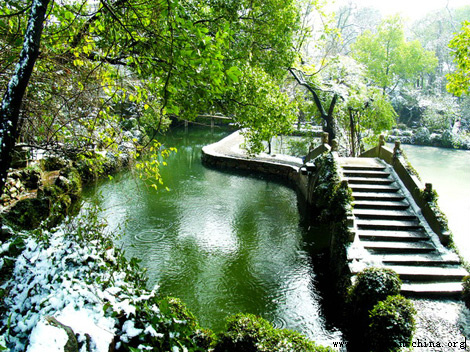| Home > Living In China |
British Museum exhibition reveals culture, power of Ming China
The British Museum Thursday opened an exhibition which examines the cultural splendor and diplomatic reach and openness of China during the Ming dynasty.
The exhibition "Ming -- 50 years that changed China" has taken three years to assemble, bringing together 280 objects, with one third of its exhibits on loan from major museums and institutions in China.
Exhibition curator Jessica Harrison-Hall told Xinhua that the show highlighted on the twin themes of Ming courts and their global connections, and focused on the Ming era at its beginning as its source.
She said: "We have taken as our timeframe from the Yongle emperor winning the civil war 1392-1402, setting up his dynasty in 1403 running right through to the Zhengtong emperor being captured by the Mongols in 1449. It is a slice of Ming history and we are looking at how globally connected those courts were at that time."
Through the lens of courts and their global connections a quite different view of Chinese history appears in contrast to the one which many Westerners know.
"People tend to think of China as being quite monolithic -- but in fact it had a bustling translation bureau in Beijing, it had the treasure ships under the auspices of (Admiral) Zheng He going to South East Asia, south Asia, the Middle East and even the east coast of Africa. This is something the Chinese audiences are very familiar with, but which Europeans are less familiar with."
Harrison-Hall said: "Part of the purpose of this exhibition is to expel the popular narrative that Europe discovers China and China awaits to become a globally engaged society. In fact, that is total rubbish, because China was completely engaged at a much earlier period."
She added, "What this period shows that it not just land trade or sea trade, it is both. China is completely plugged in in the early 15th century."
Custom
 more
more




 print
print  email
email  Favorite
Favorite  Transtlate
Transtlate 







